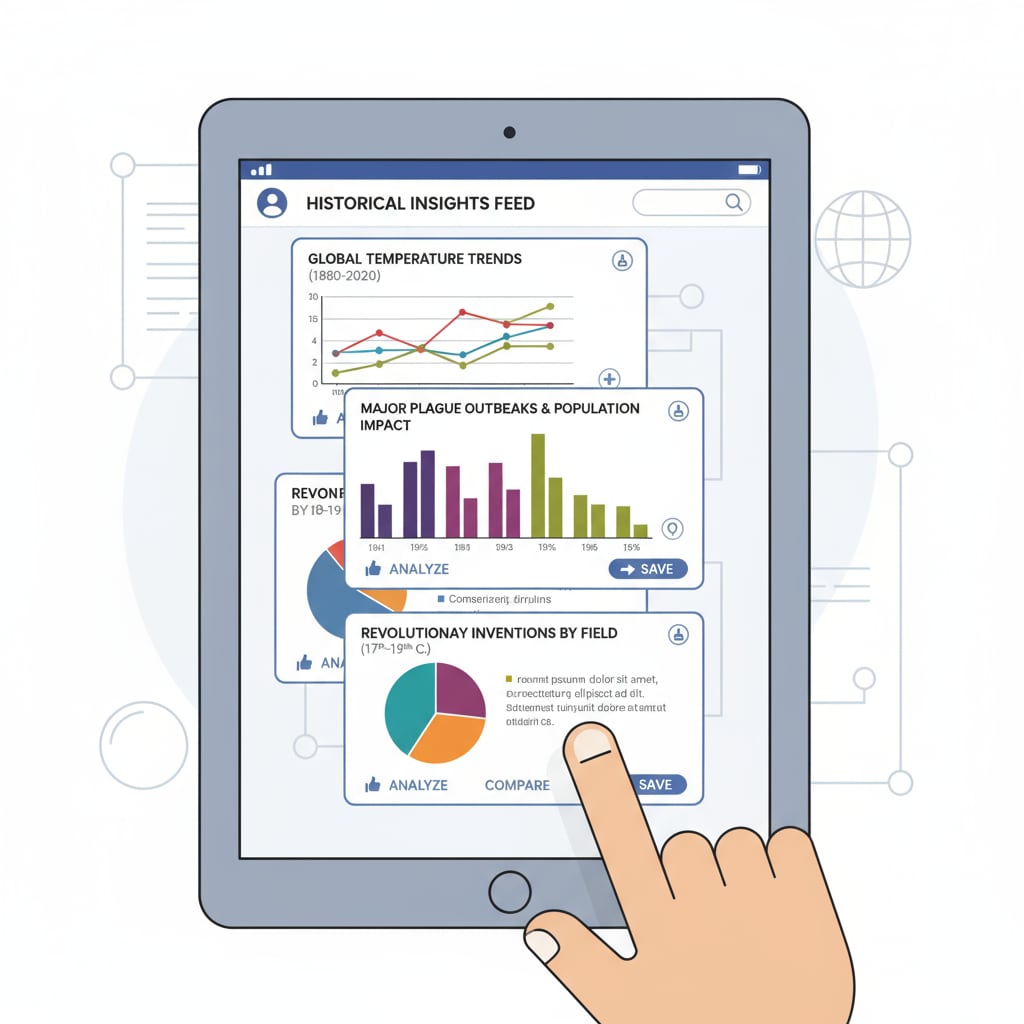In the digital age, social media platforms like Facebook have become a treasure trove of educational resources. Many of us have come across fascinating historical charts while scrolling through our feeds, only to find ourselves struggling to locate them again later. This common problem of losing track of valuable educational content highlights the challenges of resource management in the era of social media, especially when it comes to historical charts, Facebook ads, and resource lookup.

The Elusive Nature of Educational Resources on Facebook
Facebook’s vast and dynamic nature makes it a breeding ground for a plethora of content. Educational resources, including historical charts, are often buried amidst a sea of posts, ads, and updates. One moment, you might stumble upon a meticulously crafted historical chart that provides valuable insights into a particular period or event. However, without proper means of saving or categorizing, these resources can quickly disappear from your sight. For example, a student researching a history project might find a detailed timeline chart on Facebook that perfectly complements their study. But when they need to refer back to it later, they are left searching in vain. This is a significant issue that affects not only students but also educators and lifelong learners.
Challenges in Digital Resource Management for K12 Education
In the context of K12 education, the problem of managing digital resources like historical charts from Facebook becomes even more pronounced. Teachers are constantly on the lookout for engaging and accurate educational materials to enhance their lessons. However, the lack of a centralized and organized system for resource management poses a major hurdle. There is no standardized way to save, tag, or retrieve these resources. Moreover, the transient nature of social media content means that resources can be removed or become inaccessible at any time. This can disrupt lesson plans and hinder the learning process. Additionally, with the increasing prevalence of Facebook ads, it can be difficult to distinguish between genuine educational content and promotional material. Effective Resource Management in Education

Strategies for Resource Search on Facebook
To overcome the challenge of finding historical charts and other educational resources on Facebook, several strategies can be employed. Firstly, using the search function effectively is crucial. Instead of making a general search, be specific with your keywords. For example, if you are looking for a historical chart on the Industrial Revolution, use terms like “Industrial Revolution historical chart Facebook”. This narrows down the search results and increases the likelihood of finding the desired resource. Secondly, join relevant groups and pages. Many educational communities on Facebook share high-quality resources, including historical charts. By becoming a part of these groups, you gain access to a curated collection of materials. Additionally, follow educational influencers and organizations. They often post valuable content and can be a reliable source of historical charts and other educational resources. Finding Educational Resources Online
Effective Resource Preservation and Sharing
Once you have found a valuable historical chart on Facebook, it is essential to save it for future reference. One way to do this is by using browser extensions that allow you to capture and save web pages. Another option is to take screenshots or use the built-in save feature on Facebook if available. Additionally, consider creating a digital library or folder on your device to organize and store these resources. When it comes to sharing, make use of Facebook’s sharing options to distribute the chart within relevant groups or with your friends and colleagues. This not only helps others access the resource but also contributes to the creation of a collaborative learning environment.
In conclusion, the search for historical charts and other educational resources on Facebook is a common yet challenging endeavor. By understanding the challenges in digital resource management for K12 education and implementing effective search, preservation, and sharing strategies, we can overcome these obstacles and make the most of the educational opportunities available on social media platforms. Whether you are a student, educator, or simply a curious learner, taking proactive steps to manage digital resources will enhance your learning experience and ensure that valuable historical charts and other materials are not lost in the digital abyss.
Readability guidance: This article uses short paragraphs and lists to summarize key points. Each H2 section provides a clear focus on different aspects related to the search for educational resources on Facebook. The passive语态 is used sparingly, and long sentences are kept to a minimum. Transition words such as “however”, “therefore”, “in addition”, and “for example” are used throughout to enhance the flow of the article.


